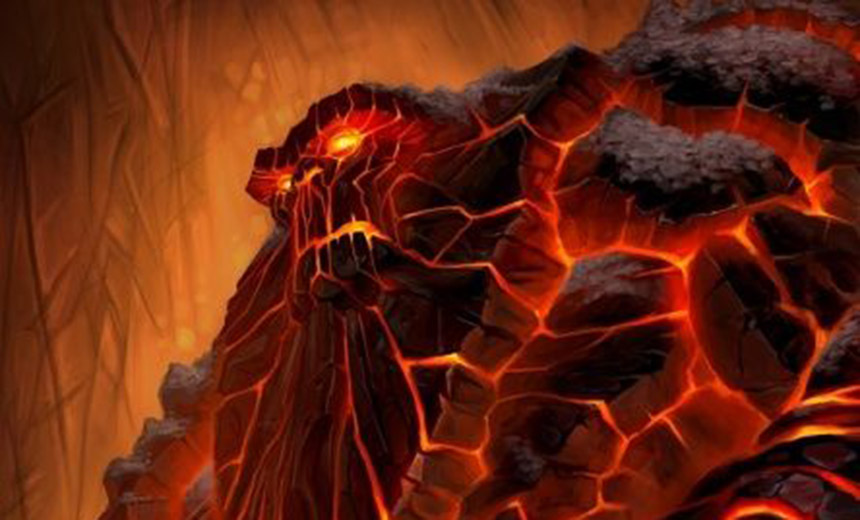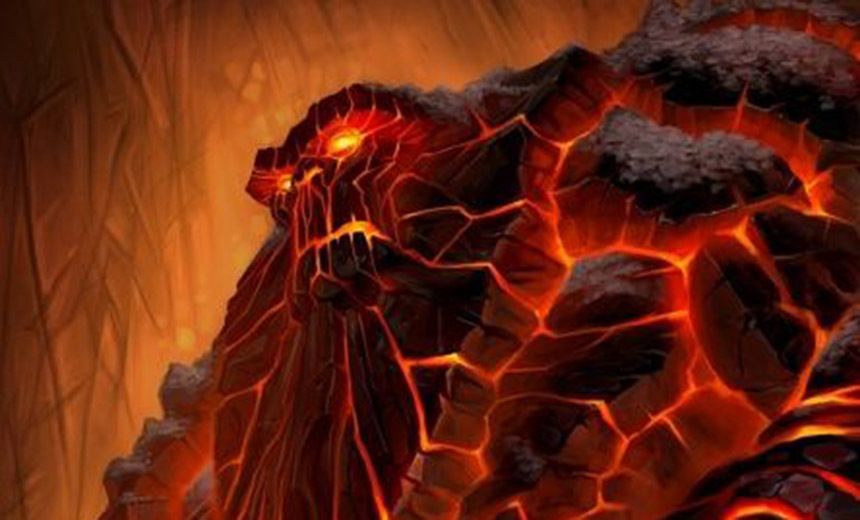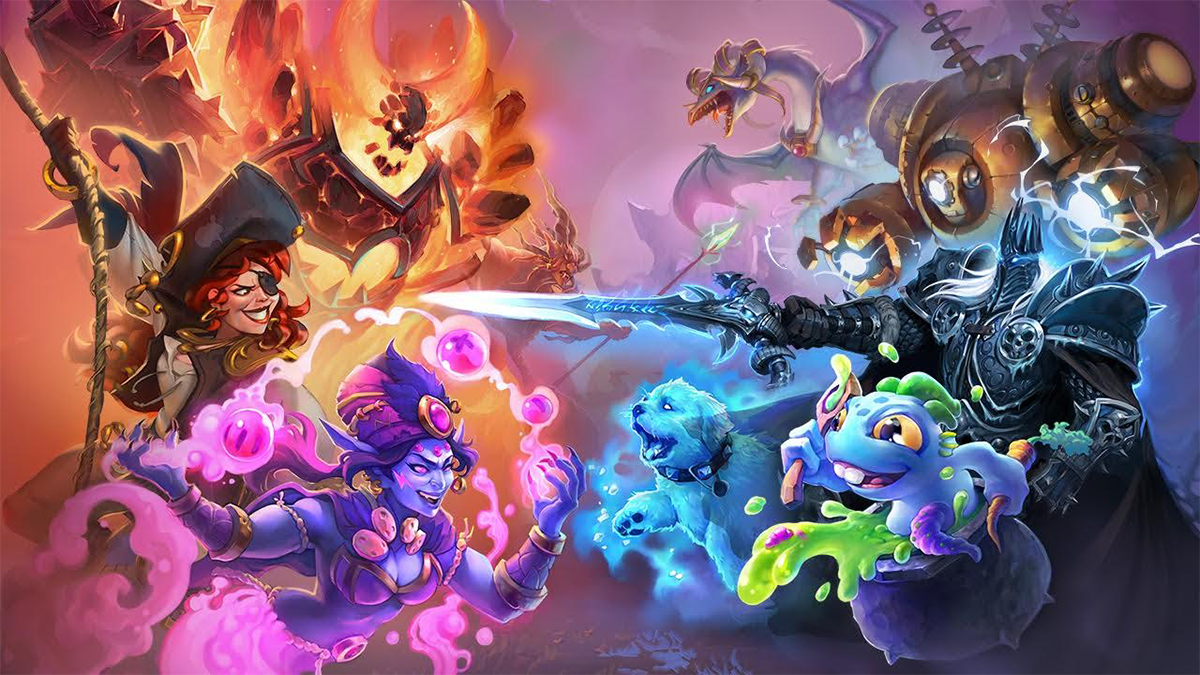
Hearthstone game director Ben Brode followed up on a recent interview and took to Reddit to answer community questions.
“We are currently having a problem where Standard is essentially dominated by Classic and Basic cards, and that is risky, if it continues to happen year after year,” responded Brode to one Redditor who argued that the nerfs Hearthstone underwent in 2016 were a bit too much. Last year, Team 5 targeted a number of staple cards which dictated the metagame, including [card]molten giant[/card] and the heart of the Druid Combo [card]Force of Nature[/card]. As a result, both Handlock and Combo Druid became unplayable, both in Standard and Wild.
This is a question PC Gamer also addressed to Ben Brode in a recent interview: Why doesn’t the dev team simply rotate cards out of Standard and into Wild instead of nerfing them to death? In his Reddit post, Brode acknowledges the problem and states talks are ongoing about potential solutions.
“Some of those cards are probably not too powerful for Wild, so we could have left them unnerfed if they only affected the Wild format, and that's why we've been discussing different options for our next rotation.”
Brode also cleared up some confusion about the [card]molten giant[/card] discussion in question, pointing out that the deck was eliminated from Standard because of its long tenure.
“Some people like changing metas. You may not be one of those people, and that is totally fine, but we do think it's important that our Standard Format appeals to that audience. The fact that Handlock had been a staple of the ladder and tournament scene for years, with no end in sight (given it was entirely made of classic and basic cards, and so, immune to rotation) - that was our biggest reasoning for the nerf.”
“It depends on what you value in a meta. If you value deck diversity, then Wild will always be better than Standard for that,” added Brode on the topic of Standard vs. Wild.
RELATED: Ben Brode discusses the Classic set and Standard rotation
At the same time over at the official Hearthstone forums, game designer Max McCall was addressing another topic altogether: The inconsistent errata – or the way card effects are written out – of Hearthstone, talking about the difference between “whenever” and “after”. According to McCall, while the two words do sound similar, they in fact represent difference sequence of events.
“Consider a trigger that says ‘whenever this minion attacks, it gains +2 Attack.’ It’s not obvious if the attack buff is gained before or after the attack resolves; a good-faith reading could be interpreted either way, particularly for people who don’t have a fine grasp on the rules. Combat is key to Hearthstone, so you shouldn’t need a fine grasp on the rules to not be surprised by it.
This is why we have ‘after’ in our toolbox. If we made that card, it would say ‘After this minion attacks, it gains +2 Attack.’ With ‘after’ it is unambiguous that the trigger occurs after the attack, and you can plan accordingly. We prefer ‘whenever’ but use ‘after’ in cases where we need to be more clear.
There are also some cases where we have to have the trigger occur ‘after’ for targeting reasons. [card]Wild Pyromancer[/card] uses ‘after’ because if it used ‘whenever’ its ability would trigger before the spell you cast resolved. If you were casting [card]Frostbolt[/card] on a minion with 1 Health, the Pyromancer’s trigger would kill the minion and it wouldn’t be in play when Frostbolt resolved.”



